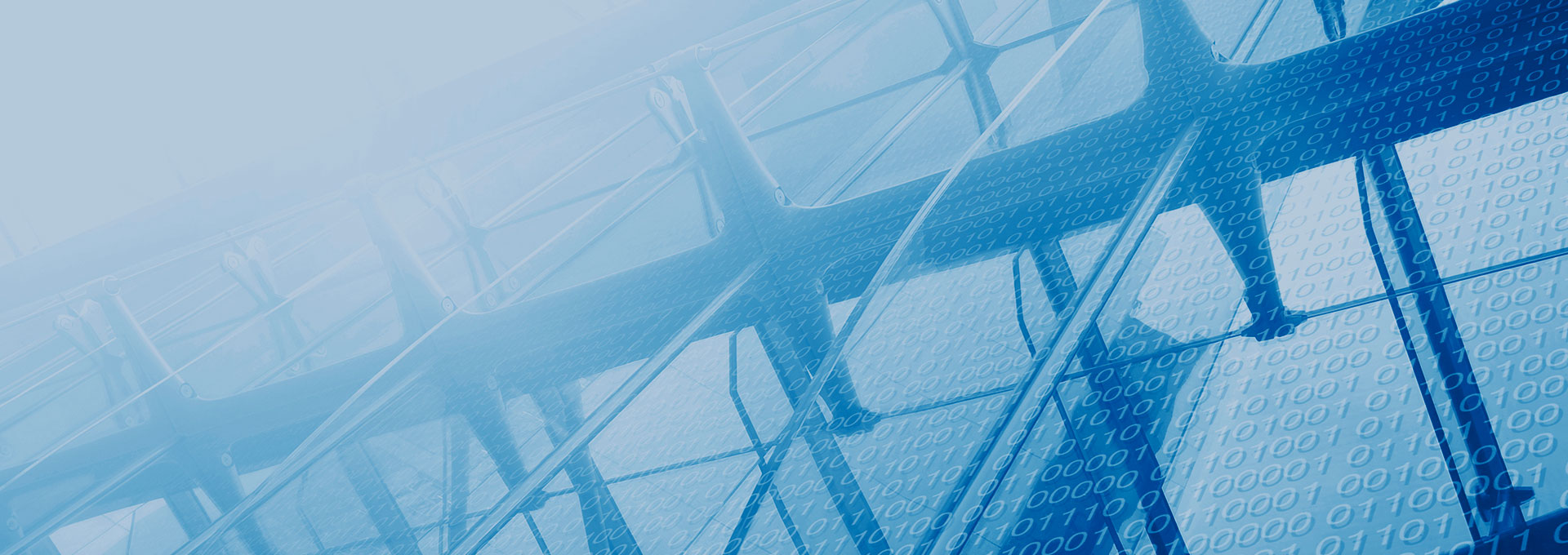Highly committed team…
faq Want to learn more?
-
Why Yeast?
Yeast, or Saccharomyces cerevisiae aka brewer’s yeast to be exact, has the best of both worlds as a model organism for drug discovery. In selecting the right model, two opposing factors are: 1) finding an organism that can be used cost-effectively and ethically, and 2) being physiologically relevant by having it as similar as humans, the intended patients. This is where yeast has all the advantages: 1) it is unicellular, grows incredibly fast at a doubling rate of 90 minutes, and is easy and safe (non-pathogenic) to culture, meanwhile 2) as a eukaryote it can properly express, fold, and glycosylate proteins such as antibodies similar to mammals.
-
Yeast is “similar” but not the same as in humans with regards to post-translation modification (PTM) of proteins such as glycosylation?
Correct, there are slight differences in the PTM profiles of proteins expressed in yeast versus mammals. However, we recombinantly express our lead antibodies in HEK293 or CHO cells and rarely observe a loss in activity. This is in stark contrast with E. coli-based systems like phage or cell-free, where bacteria lack protein glycosylation machinery.
-
Is affinity maturation required after using one of your platforms?
Due to our large size rationally-designed Germliner™ library collection coupled with our rapid cell sorting based screening, we consistently obtain single-digit and subnM affinity antibodies with optimal developable characteristics. Interestingly, our popular AvantGeneer affinity maturation platform has been frequently used to optimize client antibodies that were originally discovered with hybridoma and human transgenic mouse platforms.
-
My target is a GPCR. Will your platform work?
We have had success with multi-transmembrane proteins such as GPCRs, by using virus-like-particles (VLPs), nanodiscs, and client-designed variants with increased solubility.
-
What materials should I provide?
We typically use various amounts of biotinylated, DyLight™ 650 conjugated, and unlabeled antigens for all projects. It’s important that both labeled and unlabeled antigens are QC’ed by provider, third party, and/or AvantGen. >0.5 mg/mL concentration, >80% monomer percentage, and >90% purity. Preferred buffer is PBS and no tris-based buffers please.
Estimated Material Amounts*
Application Stage Discovery Affinity Maturation Rabbit mAb All stages 1.5-2 mg biotinylated or 2-3 mg unlabeled 0.5 mg biotinylated or 1 mg unlabeled 2 mg unlabeled and 1 mg biotinylated FACS and screening 0.5-1 mg biotinylated or 1-2 mg unlabeled 0.2-0.5 mg biotinylated or 0.5-1 mg unlabeled 1 mg biotinylated and 0.2 mg unlabeled Screening only 0.2 mg biotinylated or 0.2-0.5 mg unlabeled 0.2 mg biotinylated or 0.2-0.5 mg unlabeled 0.2-0.5 mg unlabeled *Assuming 50 kDa antigen. AvantGen can bioconjugate and QC as needed.









